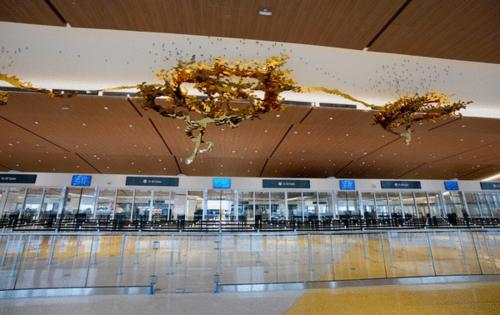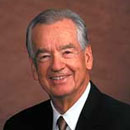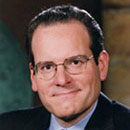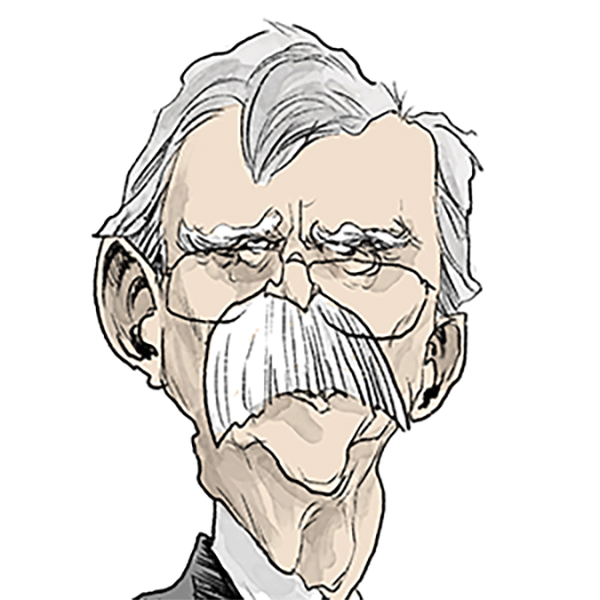'Bringing us into the future': An independent architect's thoughts on San Diego airport's new Terminal 1
Published in Business News
To the naked eye, it is hard not to marvel at the new Terminal 1 at the San Diego International Airport in comparison to its predecessor, but how experts view it might be different than the average Joe.
The public was recently offered their first view of the terminal ahead of its opening next week. Daniela Deutsch, the dean of architecture at downtown’s NewSchool of Architecture & Design, came to the event with The San Diego Union-Tribune to give her initial thoughts.
The old Terminal 1 had plenty of architectural praise and criticism over the years. Completed in 1967, the brutalist design was an example of trends at the time and celebrated by the San Diego Union for its “functional beauty.” Brutalist architecture sharply fell out of favor in modern times and might provide a warning: How San Diegans view the new Terminal 1 today might change as the decades pass.
Architecture firm Gensler was responsible for the airport’s design, along with suggestions from airport officials. There were thousands of decisions Gensler made in the $3.8 billion megaproject that could probably fill a book. In general, the architecture firm emphasized a calm, open design to limit traveler stress as much as possible.
The Union-Tribune previously interviewed Gensler about its efforts, which included a ceiling in the TSA area designed to reduce noise; top-of-the-line designer restrooms; efforts to reduce congestion; a curved glass facade with fritted glass patterns that are embedded on the inner surface of glass panels that help diffuse lighting.
The Romanian-born Deutsch is a big name in the local architecture scene. In addition to helping guide the next generation of San Diego architects at the NewSchool, she is a co-founder of the architecture firm Exitecture Architekten in Frankfurt, Germany, and has been a project designer for several well-known architects, such as Carrier Johnson + Culture, Westfield’s design arm and Ballinger.
Deutsch earned her bachelor’s and master’s degrees from the Darmstadt University of Technology in Germany. She has helped Union-Tribune reporters over the years provide context for architectural issues, from downtown buildings to Horton Plaza.
She’s been critical of projects before but, in the case of the airport, it’s fair to say her overall impression was positive. “It’s bringing us into the future,” Deutsch said during her visit.
From the outside
Deutsch was immediately struck by the terminal’s “cool and sleek” look and the contrast of the palm trees, which give the terminal a Southern California feel.
“You can immediately appreciate the attention to detail,” she said. “The exterior façade is striking. It is a bold and cool glazed envelope that floods the interior with daylight. (It does this through) a clever design that features well-needed shading strategies, resulting in a strong architectural rhythm at the same time.”
Deutsch said the curved glass used on the exterior, which allows sunlight to come streaming through the ground-floor ticket lobby but not blind passengers, was a striking change from the old terminal. “It makes the (terminal) sophisticated and brings the building to the next level,” she said.
Security area
Architects went to great pains to make the security lines run by the Transportation Security Administration, or TSA, as stress-free as possible. They did this in two ways. First, they lowered the roof to create a calming effect. Then they installed a wood panel roof with acoustic features designed to deaden sound.
Deutsch explained that architects have found lowering a ceiling makes a person feel more protected and comfortable. She said very high ceilings in a narrow area often creates a feeling of anxiety.
“Airports are often overwhelming, even alienating,” she said, “and this design flips that by creating spaces that are intuitive, grounded and almost restorative.”
Restrooms
Most members of the public were impressed by the bathrooms, and our architect was no different. Deutsch said she loved how it felt like there was plenty of room inside, in addition to the architectural touches.
“(There is) a stunning large blue glass tile entry wall, that frames a second privacy wall behind it,” she said. “It has a warmly lit beautiful and warm brownish natural stone as you enter the restroom. Inside, you are met with exactly what you’d expect from the entry; more playful combinations of blue and warm natural colors around the sinks and stalls.”
The interior
Once past the security area, Deutsch said the terminal has dozens of little features that give the space contrast and balance.
“High-performance glazing, renewable strategies and passive shading are all working quietly in the background,” she said.
Deutsch said the open design should make traveling through the terminal intuitive to the average passenger.
“Clear sight lines eliminate the need for constant signage,” she said, “and wayfinding is reinforced through changes in light, balanced ceiling height and material. The ceiling design is delightfully playful and visually engaging, defined by various sculptural designs that point your sight up as you move from one area to another.”
It might not be the first thing a person sees while rushing to find a gate, but a lot of work went into the ceiling. It is made of different geometric shapes, Deutsch noted, not like a stale box shape found in many public buildings.
“The atmosphere is surprisingly warm,” she said. “The designers avoided the cold sterility we often associate with airports by using a muted, well-balanced color palette, wooden accents, grays mixed with yellows and carefully curated lighting.”
Artwork
There is a lot of art in the new Terminal 1, from a configuration of gold-finished steel plates above the entrance to the TSA area to the giant jellyfish outside. Deutsch said the artwork creates a sense of place.
“They’re not just decorative,” she said, “they create a cultural narrative throughout the terminal.”
She said it was not just the big art pieces but also the modest ones, from San Diego branded surfboards to small paintings, that point to the region’s culture.
“They make the airport feel connected to the city’s identity,” Deutsch said, “and give passengers a sense of arrival before they even step outside.”
She was impressed by the yellow- and blue-themed tile columns at the rear of the security area meant to represent a sort of time lapse from sunrise to sunset as one proceeds along the 1,800-foot length of the terminal.
“It’s immediately clear from this distance (about 40 feet away) that this is a serious piece of art,” Deutsch said. “It’s not just somebody throwing color on (the columns).”
Overall feel
Deutsch stressed throughout the tour she felt the architects had done an excellent job and that every space was good in a different way — surprising travelers with different aspects throughout the space.
“What I particularly appreciate is the civic quality of the terminal, and how right from the start, it seems to reflect San Diego so well,” Deutsch said. “Airports are often seen as transitional but this one seems to introduce you, right off the bat, to the culture and identity of the city, while still reflecting the future.”
©2025 The San Diego Union-Tribune. Visit sandiegouniontribune.com. Distributed by Tribune Content Agency, LLC.












Comments